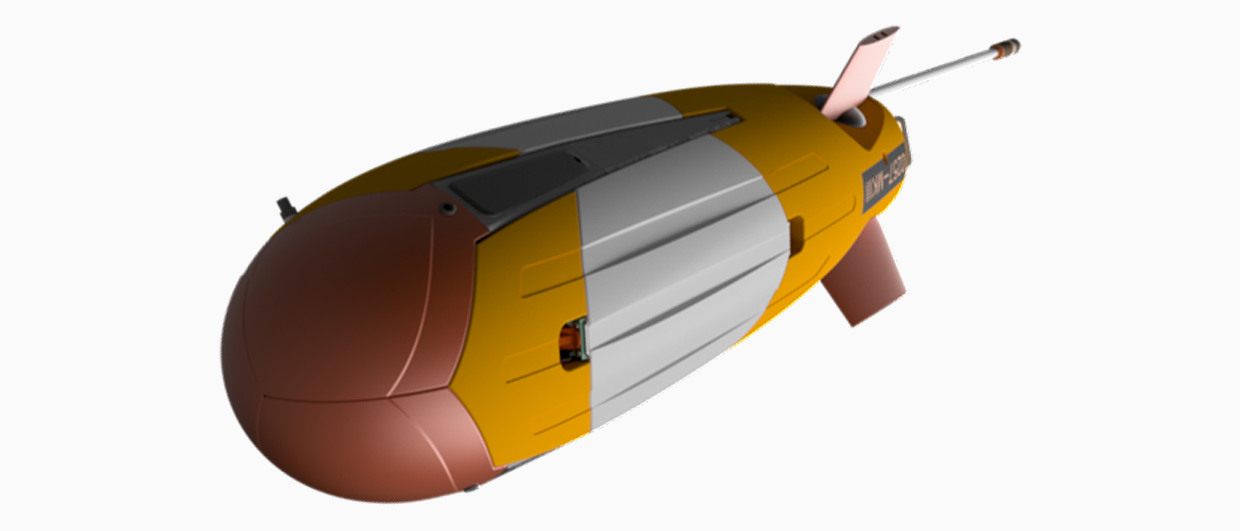“While the node market has evolved in the sense that individual nodes have become smaller and therefore lighter to handle”, a completely new way of operating these devices has not yet happened. That’s what we are aiming at”, says Kyrre Tjøm from Norway-based iDROP. He is the CSO and a co-founder of the company.
“At the moment, the nodes market is supplier-driven”, adds Kyrre. “There is a higher demand than there is capacity at the supplier’s side. For instance, our competitors claim to be sold out for this season. This especially has a knock-on effect to smaller players who will not be able to get a foot in the door under these market conditions.”
We think that there is a big and untapped market for smaller players in the field. Companies that are currently struggling to make the economics of node deployment work.
“In addition, the current ways of deploying nodes is not very scalable”, Kyrre continues. “The involvement of dedicated vessels and ROV’s form the bulk of the costs, so you need a minimum number of nodes to make the mobilisation worthwhile.” In order to further reduce costs, Kyrre sees that energy majors are getting involved in developing the technology and also acquire shares in companies fabricating the nodes.
“We think that there is a big and untapped market for smaller players in the field. Companies that are currently struggling to make the economics of node deployment work”, Kyrre explains. “Our solution will be scalable, flexible and available”, he adds. “It will facilitate using nodes in different densities, enable infill campaigns, and extending existing permanent installations.”
Less delay
The root of our system lies in the fact that the drop-node – Oceanid™ solution does not require a special vessel. “We aim to use PSV’s – Platform Supply Vessels – to drop off and pick-up the nodes”, Kyrre says. “All we need is to put an additional container on the PSV – we only need one 20 feet container that contains 250 nodes – and a few crew members to handle the deployment. A small crew and minimal material transfer also reduces the chance of delay or complications related to importing kit for mobilisation. This often forms great hurdles in projects of this kind”, adds Kyrre.
“Another advantage of using PSV’s is that these vessels may already have an established routine when it comes to access to local ports and loading/offloading facilities, so we can piggyback on that.”
The nodes iDROP are developing will be able to navigate laterally when being put in the water. Dropped in batches of nine, the nodes will then position themselves into grids of three by three nodes. Once the acquisition has completed, the ballast attached to the node will be released, making it move up into the water column, navigating themselves back to the pick-up point where the vessel will be. Kyrre explains: “The nodes will be able to communicate with each other and are entirely self-operating.”
“We are testing the system in the North Sea this summer”, says Willy Olafsen, CEO and co-founder of the company. ”We also signed a consortium of significant importance recently, giving our development a further vote of confidence. Yes, we are in a rush to get our kit ready for the market, the founder of iDROP says, but we prefer to rush slowly. It’s worth waiting for.”

